The US political battle over migrant children separated from parents has shifted to Congress, after Donald Trump signed an order ending the practice.
The House of Representatives will vote on broader immigration bills which fund President Trump’s proposed border wall and reduce legal migration.
But Democrats oppose them and it is uncertain that they will pass.
Mr Trump reversed his policy after a public outcry at home and globally over the policy, widely seen as inhumane.
The order calls for the families to be detained together while their cases are considered.
But the fate of families already separated by the policy is not clear.
US immigration officials say 2,342 children were separated from 2,206 parents between 5 May and 9 June.
What is in the legislation?
Mr Trump has previously said it was up to Congress to resolve the issue, in combination with tougher immigration regulations.
One of the House bills is a compromise between conservatives and moderates. It includes funding for a border wall, along with a pathway to citizenship for the Dreamers – immigrants brought illegally into the US as children.
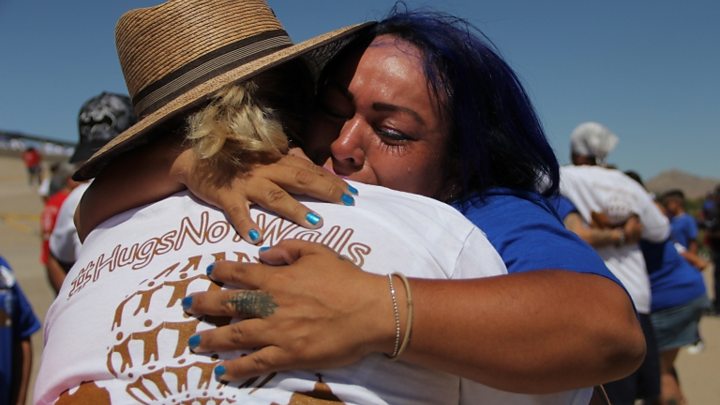
US youth shelter worker quit after being ordered to separate siblings
“This is a bill that has consensus. This is a bill that the president supports. It’s a bill that could become law,” said House Republican leader Kevin McCarthy, quoted by the Associated Press.
The second, more conservative bill excludes the Dreamers clause.
With no Democrat support for the bills, White House officials have been seeking to drum up support among Republicans, many of whom are wavering or openly opposed.
Meanwhile the Senate is working on a narrower compromise bill focusing on the family separations.
What about Mr Trump’s order?
The president signed his executive order on Wednesday evening.
“I did not like the sight of families being separated,” he said, but added the administration would continue its “zero tolerance policy” of criminally prosecuting anyone who crosses the border illegally.
He said he had been swayed by images of children who have been taken from parents while they were jailed and prosecuted for illegal border-crossing.
The executive order calls for:
- Immigrant families to be detained together while their legal cases are considered
- Expediting immigration cases involving families
- Requesting the modification of a court ruling that dictates how long immigrant children can be detained
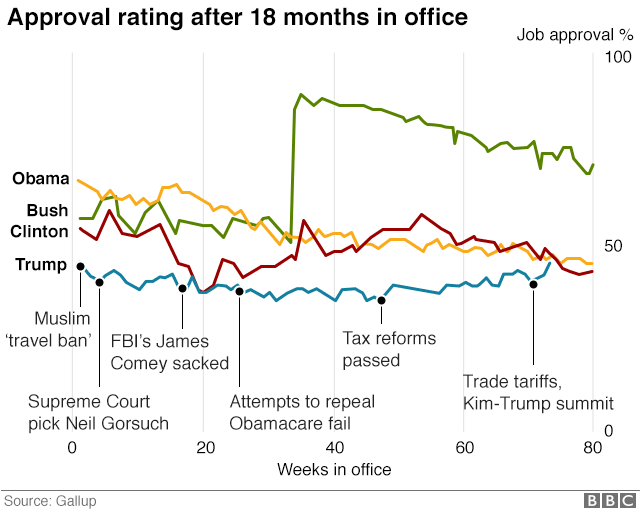
Vice-President Mike Pence and Department of Homeland Security Secretary Kirstjen Nielsen, who has emerged as the face of the White House policy, were both present.
Media reports say Ms Nielsen was also confronted by protesters angry about the separations at a Mexican restaurant in Washington on Wednesday evening.
Why the uproar?
In April, the US attorney general announced a “zero-tolerance” policy to criminally charge and jail undocumented border crossers.
As children cannot legally be jailed with their parents, they are kept in separate facilities.
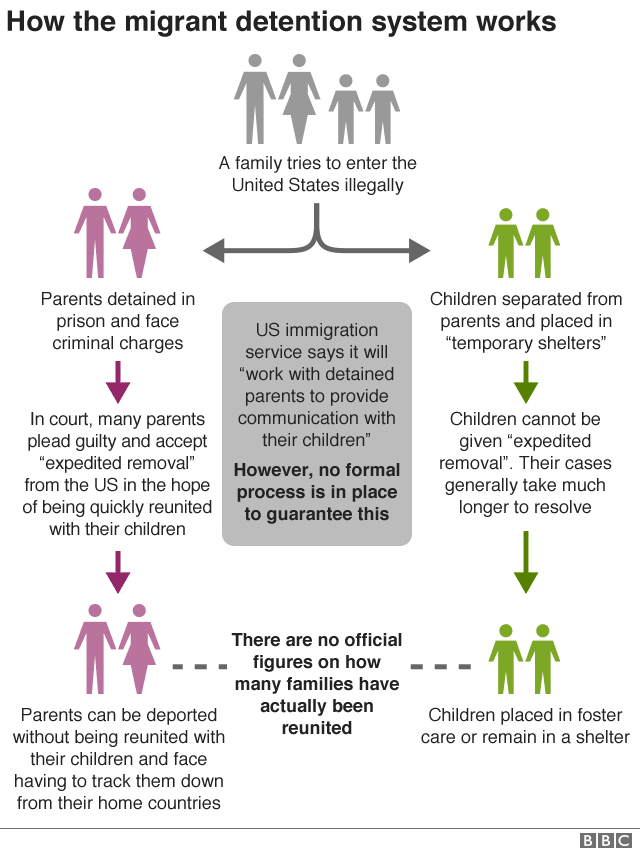

Pictures of dozens of children sleeping in fenced enclosures and audio of them crying emerged in recent days, provoking the widespread criticism.
Under previous US administrations, immigrants caught crossing the border for the first time tended to be issued with court summonses and released.
Six American airlines have told the Trump administration not to use their aircraft to transport child migrants who have been separated from their parents.
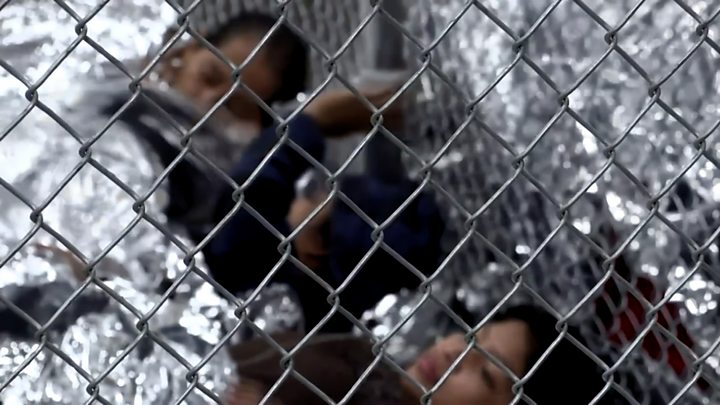
Alaska, American, Delta, Frontier, Southwest and United airlines all said the policy contravened their values.
And on Wednesday New York Mayor Bill de Blasio said he was “shocked” that 239 migrant children had been sent to a single reception centre in Harlem without the knowledge of the city authorities.
Apparently, more children were still on their way to the city. NGO the American Civil Liberties Union tweeted footage of people greeting children arriving at LaGuardia airport.
— (@ACLU) Skip Twitter post by @ACLU ">
— (@ACLU)
">https://twitter.com/ACLU/status/1009648832202919936">
 — (@ACLU)
— (@ACLU)  ">
">
— (@ACLU) ">
ACLU ✔@ACLU
Happening NOW at LaGuardia Airport in NYC: citizens gathering to greet kids separated from their parents by the Trump administration #FamiliesBelongTogether #FreedomforImmigrants
— (@ACLU) ">- 16.6K
- ">https://twitter.com/ACLU/status/1009648832202919936" data-scribe="component:news">8,118 people are talking about this — (@ACLU) 8,118 people are talking about this ">
">https://twitter.com/ACLU/status/1009648832202919936" class="off-screen" tabindex="-1">End of Twitter post by @ACLU— (@ACLU) End of Twitter post by @ACLU">

Where are the children taken?
Holding cells: They are first detained at Customs and Border Protection (CBP) facilities, where chain-link fenced enclosures are used, though the children can only be legally held there for three days.Detention centres: They are then supposed to be moved to one of about 100 detention centres run through the Office of Refugee Resettlement (ORR), part of the Department of Health and Human Services. US officials recently showed reporters around a converted Walmart Supercenter in Texas which was housing migrant boys aged 10 to 17. They apparently had access to beds, classes and games.

Tent camps: US officials have set up a tent camp for migrant children in Tornillo, Texas.
Family members: Under US law, the children are meant to be released to stay with relatives or foster carers “without delay”. In practice, the ORR says this process takes about two months.
How are they reunited? Immigrations and Customs Enforcement (ICE) has set up a hotline for parents to call after they are released from custody. However, a former ICE director has said some family separations are “permanent”.
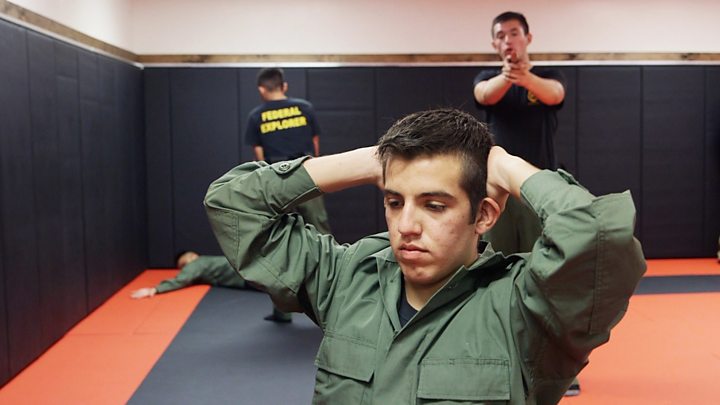
What happens now?
Mr Trump’s order says that families could remain together in detention instead of separating children from parents illegally crossing into the country.
But immigrant children are only allowed to be held for 20 days, according to a 21-year-old landmark court decision known as the Flores agreement.
The order also calls for the justice department to request to modify the Flores agreement to allow children to be held longer, but it is unclear what will happen if the law does not change.
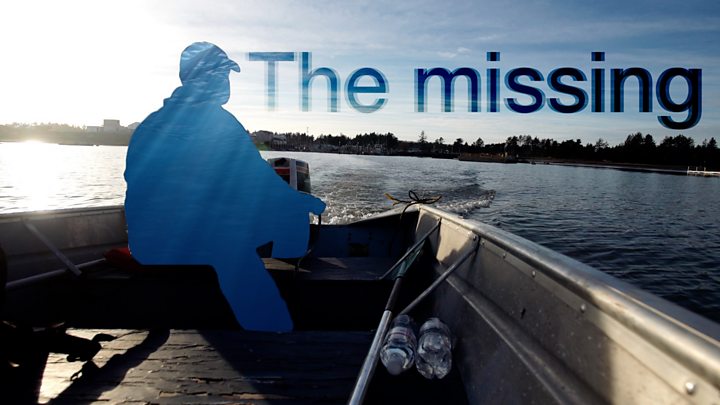
The Trump administration is likely to become tangled in legal battles with immigration activists on behalf of detained migrants if it is unable to overturn the Flores agreement before the 20-day deadline.
Health and Human Services (HHS) Secretary Alex Azar has said his department would begin working to return detained immigrant children to their families, but did not give a timeline.
A top HHS official told Agence France-Presse on Tuesday they had no system in place to do so.
Source: BBC

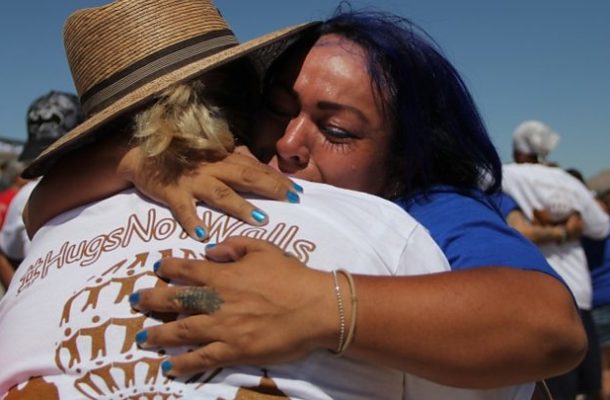
Comments